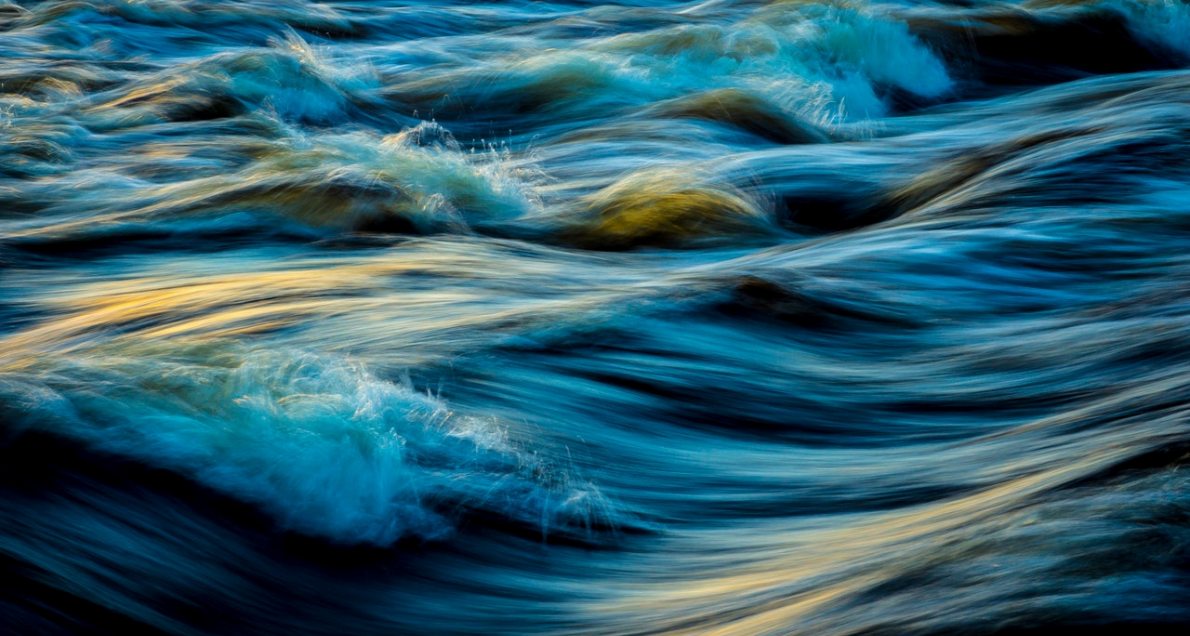 Robert Shibatani is a hydrologist with 38 years of collective experience in physical hydrology, watershed resource management, and operational water consulting. He serves as an international and California expert witness on commercial matters related to flood damage, reservoir operations, groundwater safe yield, drought contingencies, and new water supply development. His current work involves flood insurance litigation, hurricane impact assessment, and city water supply planning under rapidly changing climates. He resides between Sacramento, California and Toronto, Canada. Robert authors the monthly reservoir report exclusively for Maven’s Notebook.
Robert Shibatani is a hydrologist with 38 years of collective experience in physical hydrology, watershed resource management, and operational water consulting. He serves as an international and California expert witness on commercial matters related to flood damage, reservoir operations, groundwater safe yield, drought contingencies, and new water supply development. His current work involves flood insurance litigation, hurricane impact assessment, and city water supply planning under rapidly changing climates. He resides between Sacramento, California and Toronto, Canada. Robert authors the monthly reservoir report exclusively for Maven’s Notebook.
I asked him what he thought about climate change, water storage, and other California water issues. Here’s what he had to say.
1. What is the biggest challenge for California water? Why, and what should we be doing about it?
Three challenges; 1. Manage the State annual water balance better (use stormwater)… close the water supply – flood control “gap”, 2. Build more storage, and 3. Significantly ease up on fisheries regulations.
We are trying to manage today’s water resources as if all of the natural resources the State originally enjoyed before 41 million people appeared can sustainably exist without any adverse effects. It can’t. That’s why the federal ESA today is such an abject failure in California, particularly for fisheries. Our rivers were never intended to support the needs of 41 million people.
2. How will climate change affect water rights, and what should the State Water Board be doing about it? Do the current proposals go far enough?
For California water resources, a forced hydroclimate essentially means a shift in our annual hydroclimate (both precipitation form and intensity and subsequent runoff quantity and timing). Over time, the springmelt will disappear and the State runoff hydrograph will more closely resemble the annual hyetograph.
Water right permits and licenses, for the most part, were granted long before the SWRCB or other regulators ever accepted climate change. It goes without saying that virtually all permits/licenses were written without due consideration of diversion timing, rate of diversion, location or overall quantities. Whatever assumptions they used back say in 1912, can almost assuredly be proven incorrect today. That means water rights are becoming progressively more difficult to fulfill. It is a guaranteed failure if you try and apply “fixed” permits to a dynamic hydrology that is “not fixed”.
3. Should California be building new surface storage reservoirs? If so, where/what are the most promising locations?
Absolutely. I don’t know why they aren’t. Actually I do…
The most promising locations are in northern California where the annual precipitation is the highest, where the population is the lowest, and the least amount of societal disruption would occur. I would target the Trinity River Basin, the Pit/McLeod River Basins, the Mt. Lassen Area, additional new dams in the Klamath River Basin, Auburn Dam II, and additional upper American River Basin dams.
4. What should California be doing to secure future water supplies?
California should be focusing on two priorities for new future water supplies. The first is to build several new on- and off-stream storage facilities (and pumped storage). The second is to build massive new storm- and floodwater capture, storage, and conveyance facilities. Annual stormwater should represent the replacement for groundwater.
5. Should California be building more desalination plants? What role do you see for desalination in California in the future?
If local/regional communities along the coasts want to build new desalination facilities, I have no problem with them spending their own local tax dollars. No State funds, however, should be used for desalination.



